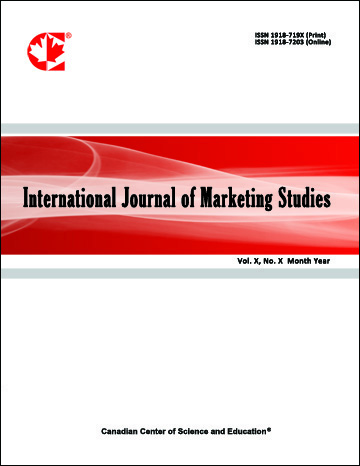The Use of Dead Celebrity Images in Advertising and Marketing— Review, Ethical Recommendations and Cautions for Practitioners
- Denver D’Rozario
- Frank Bryant
Abstract
A practice that is increasing in frequency and scope is the use of images of dead celebrities in advertising and marketing. In this paper, we examine this practice and do the following. First, we examine the size and growth-rate of this market. Next, we look at the key role that two key technologies have played in this market, namely digital morphing and text-to-speech. These two technologies have allowed Dead Celebrities to be ‘resurrected’ and have a post-mortem life as product endorsers, paying rich dividends to their heirs and estates. Predictably, this practice has raised some ethical issues (e.g., the post-mortem exploitation of a Deleb’s image) for Marketers and Advertisers, which we examine. Because dead Celebrities offer some key advantages over living celebrities (e.g., the absence of risk from scandal after death), we look at some of the major similarities and differences between living and dead celebrities in terms of what they practically can and cannot do for Advertisers and Marketers. Based on these practical similarities and differences, we offer marketing practitioners a set of ethical recommendations and cautions to follow (e.g., avoid ‘Disingenuous Fakery’), in using Delebs as product endorsers.- Full Text:
 PDF
PDF
- DOI:10.5539/ijms.v5n2p1
Journal Metrics
Google-based Impact Factor (2021): 1.34
h-index (July 2022): 70
i10-index (July 2022): 373
Index
- Academic Journals Database
- CNKI Scholar
- EconBiz
- Electronic Journals Library
- Excellence in Research for Australia (ERA)
- GETIT@YALE (Yale University Library)
- Harvard Library
- IBZ Online
- Infotrieve
- JournalTOCs
- LOCKSS
- MIAR
- PKP Open Archives Harvester
- RePEc
- ResearchGate
- ROAD
- Scilit
- SHERPA/RoMEO
- Stanford Libraries
- UCR Library
Contact
- Alyssa SunEditorial Assistant
- ijms@ccsenet.org
